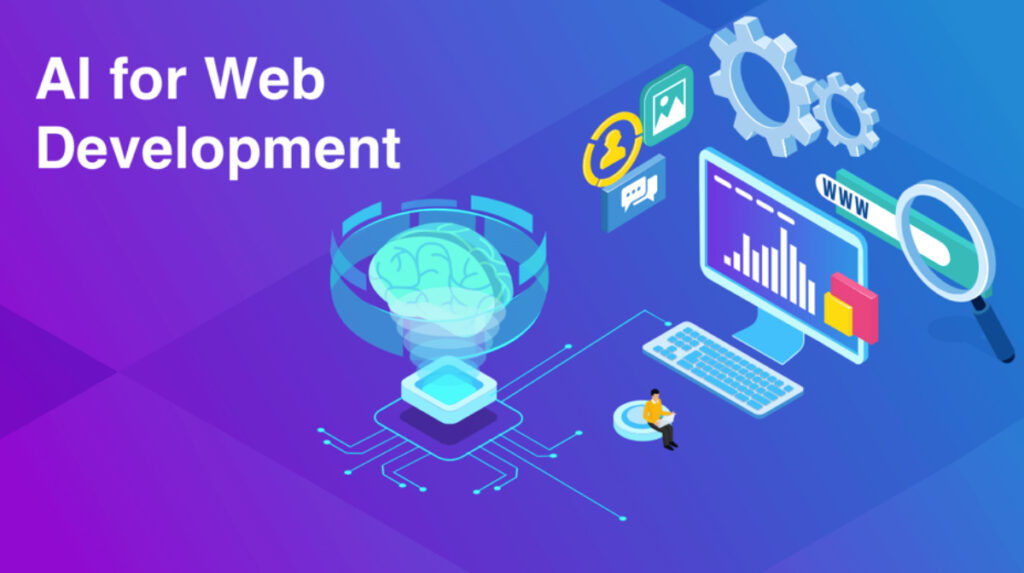
As a web developer, staying updated with the latest technologies is crucial for building efficient and modern web applications. In 2025, several frontend frameworks have emerged as leaders, each offering unique features and advantages. Here’s a comprehensive overview of the top five frameworks you should consider learning this year.
As a web developer, staying updated with the latest technologies is crucial for building efficient and modern web applications. In 2025, several frontend frameworks have emerged as leaders, each offering unique features and advantages. Here’s a comprehensive overview of the top five frameworks you should consider learning this year.
1. React.js
Overview: Developed by Meta (formerly Facebook), React.js has maintained its dominance in the frontend framework landscape. Its component-based architecture and virtual DOM have made it a preferred choice for building dynamic user interfaces.
Key Features:
- Component-Based Architecture: Encourages reusable and modular code, enhancing maintainability.
- Virtual DOM: Optimizes rendering by updating only the changed parts of the UI, improving performance.
- Extensive Ecosystem: A vast array of libraries and tools, such as Next.js for server-side rendering, enriches React’s capabilities.
Why Learn React.js in 2025:
- Widespread Adoption: React.js powers numerous high-traffic websites and applications.
- Strong Community Support: A large community ensures continuous improvements and a wealth of resources.
- Versatility: Suitable for both web and mobile application development through React Native.
Use Cases: Ideal for developing single-page applications, social media platforms, and e-commerce sites.
2. Vue.js
Overview: Vue.js is celebrated for its simplicity and flexibility. It allows developers to incrementally adopt its features, making it accessible for both beginners and experienced developers.
Key Features:
- Progressive Framework: Vue.js can be used to enhance existing projects or build complex applications from scratch.
- Reactivity System: Simplifies state management and data binding, ensuring a responsive user experience.
- Comprehensive Documentation: Offers clear and detailed guides, facilitating a smooth learning curve.
Why Learn Vue.js in 2025:
- Ease of Integration: Seamlessly integrates with various projects and libraries.
- Performance: Provides fast rendering and minimal bundle sizes.
- Growing Popularity: Increasing adoption among developers and companies seeking flexible solutions.
Use Cases: Suitable for single-page applications, dashboards, and progressive web apps.
3. Angular
Overview: Developed by Google, Angular is a comprehensive framework designed for building large-scale, enterprise-level applications. It offers a robust set of features out of the box, including two-way data binding and dependency injection.
Key Features:
- TypeScript-Based: Utilizes TypeScript, providing enhanced tooling and scalability.
- Two-Way Data Binding: Ensures synchronization between the model and view, simplifying data management.
- Built-In RxJS Support: Facilitates reactive programming for handling asynchronous operations.
Why Learn Angular in 2025:
- Enterprise-Grade Solutions: Ideal for complex applications requiring a structured framework.
- Comprehensive Tooling: Includes a powerful CLI and extensive libraries for efficient development.
- Scalability: Suited for applications that anticipate growth and require maintainable codebases.
Use Cases: Best suited for enterprise applications, e-commerce platforms, and content management systems.
4. Svelte
Overview: Svelte offers a novel approach by shifting much of the work to compile time, producing highly optimized vanilla JavaScript at runtime. This results in faster performance and smaller bundle sizes.
Key Features:
- Compile-Time Optimization: Converts app components into efficient JavaScript during build time, reducing runtime overhead.
- Intuitive Syntax: Provides a straightforward and easy-to-understand syntax, lowering the barrier to entry.
- Reactive Programming Model: Simplifies state management and enhances reactivity without complex boilerplate.
Why Learn Svelte in 2025:
- Performance: Delivers high-speed applications with minimal resource consumption.
- Simplicity: Enables rapid development with less code and fewer dependencies.
- Innovative Approach: Represents a shift towards more efficient frontend development frameworks.
Use Cases: Ideal for performance-critical applications, interactive user interfaces, and projects aiming for rapid development cycles.
5. Solid.js
Overview: Solid.js is gaining attention for its fine-grained reactivity and high performance. It compiles to highly optimized JavaScript, ensuring efficient updates and minimal overhead.
Key Features:
- Fine-Grained Reactivity: Updates only the necessary parts of the DOM, enhancing performance.
- Efficient Compilation: Produces minimal and optimized JavaScript code, reducing load times.
- Declarative Syntax: Offers a straightforward syntax that simplifies the development process.
Why Learn Solid.js in 2025:
- High Performance: Suitable for applications requiring real-time updates and responsiveness.
- Modern Features: Incorporates advanced reactivity models for efficient state management.
- Growing Community: An emerging ecosystem with increasing support and resources.
Use Cases: Best for dynamic applications, real-time data visualization, and projects where performance is a critical concern.
Final Thoughts
Selecting the right frontend framework in 2025 will largely depend on your project needs, goals, and the types of applications you wish to build. Whether you’re focused on performance, ease of use, or building complex enterprise-level systems, there is a framework suited for every developer’s needs. React, Vue, Angular, Svelte, and Solid.js all bring unique features to the table, making them excellent choices for the future of web development. Mastering any of these front end developer frameworks will give you a competitive edge in an ever-evolving industry.
Contact Us To Know Our Services


